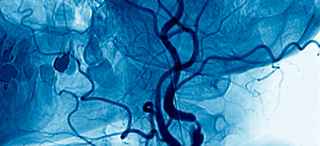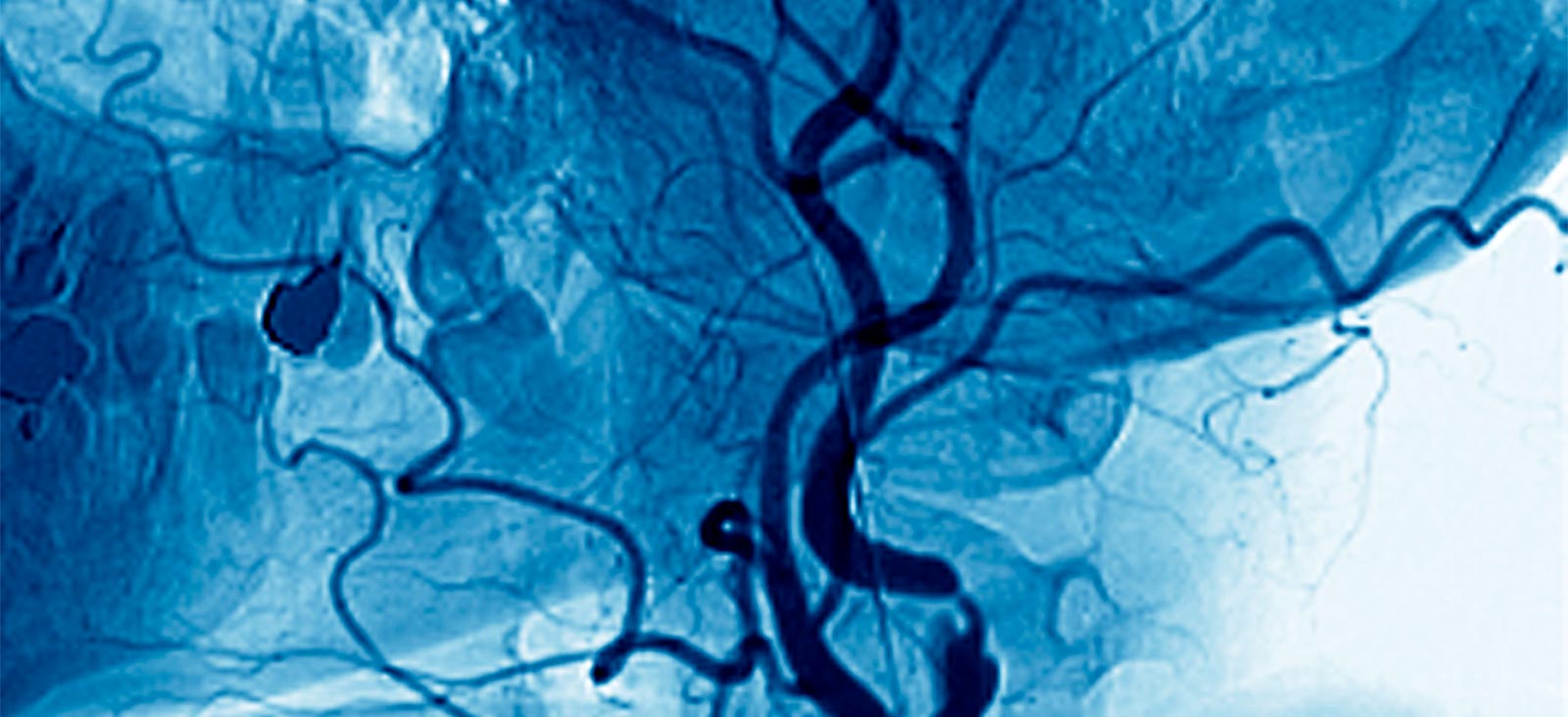Expert Care for All Types of Vascular Malformations
A vascular malformation is a hereditary disorder of the veins, lymph vessels, or arteries. Vascular malformations can cause a variety of health problems, ranging from minor to life threatening.
As a major referral center for brain and spine disorders, UT Southwestern’s brain vascular malformations team offers the latest capabilities, including minimally invasive brain surgery treatments. One of our hallmarks is providing patients with a range of options, tailored to their circumstances.
Our interventional radiologists are specialists in treating vascular malformations and the areas of the body in which they occur. In addition to the training that all radiologists receive, these specialists have advanced fellowship training in interventional radiology, plus extensive real-world experience.
In addition, we coordinate closely with experts from across the UT Southwestern community when necessary.
Types of Vascular Malformations
The different types of vascular malformations include:
- Arteriovenous malformations (AVMs)
- Lymphatic malformations (LMs)
- Venous malformations (VMs)
Arteriovenous malformations arise from an abnormal communication between an artery and a vein at a spot called the nidus.
The blood circulating within the malformation flows very fast. AVMs can steal blood from critical parts of the body, and they can cause pain, bleeding, wounds, and even heart failure if left untreated.
Unlike AVMs, VMs and LMs have a very slow or absent flow. They can cause abnormal growth of the bones and muscles surrounding their location, and VMs can form clots within them that can travel to the lungs. Our interventional radiologists are leaders in treating patients with these malformations.
Treatments
Arteriovenous malformations are typically treated by guiding a tiny catheter within the blood vessels into the abnormal area and delivering a special type of glue to shut down the abnormal communication between the artery and the vein. This blockage redirects the blood flow into the normal vessels.
Venous and lymphatic malformations are typically treated very differently – by injecting a chemical called a sclerosant directly into the abnormal area, causing the area to shrink and usually improving symptoms.
It is not uncommon for multiple treatments to be necessary to achieve the desired result when treating any of these malformations.
Each of these procedures is minimally invasive and requires, at most, the placement of a small catheter into a blood vessel. Other treatment options include surgery by a plastic surgeon.




